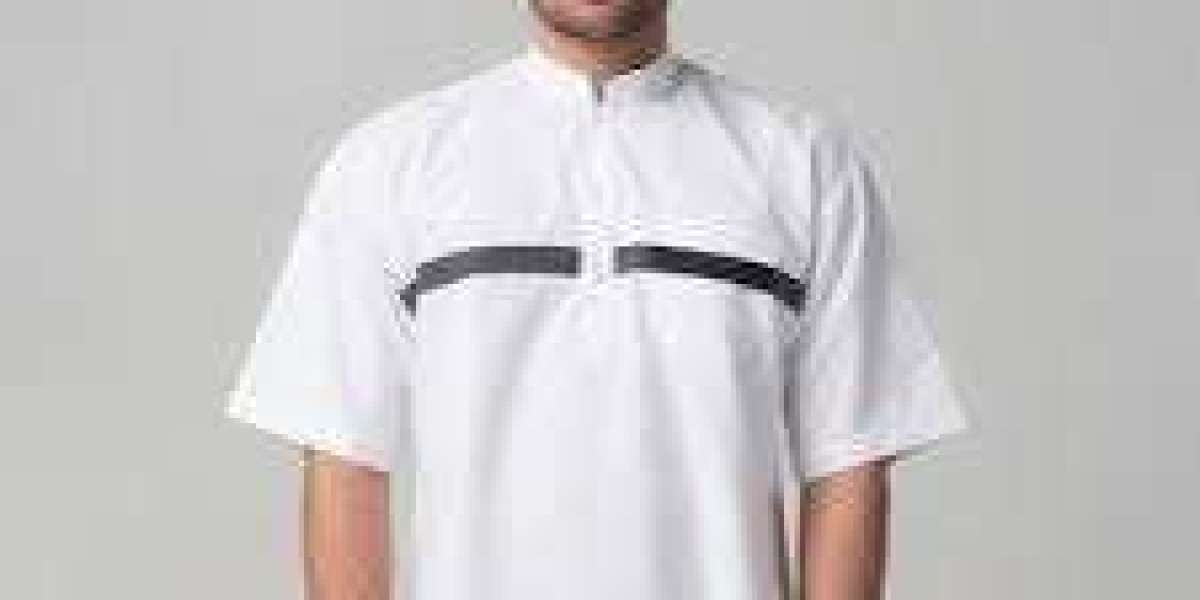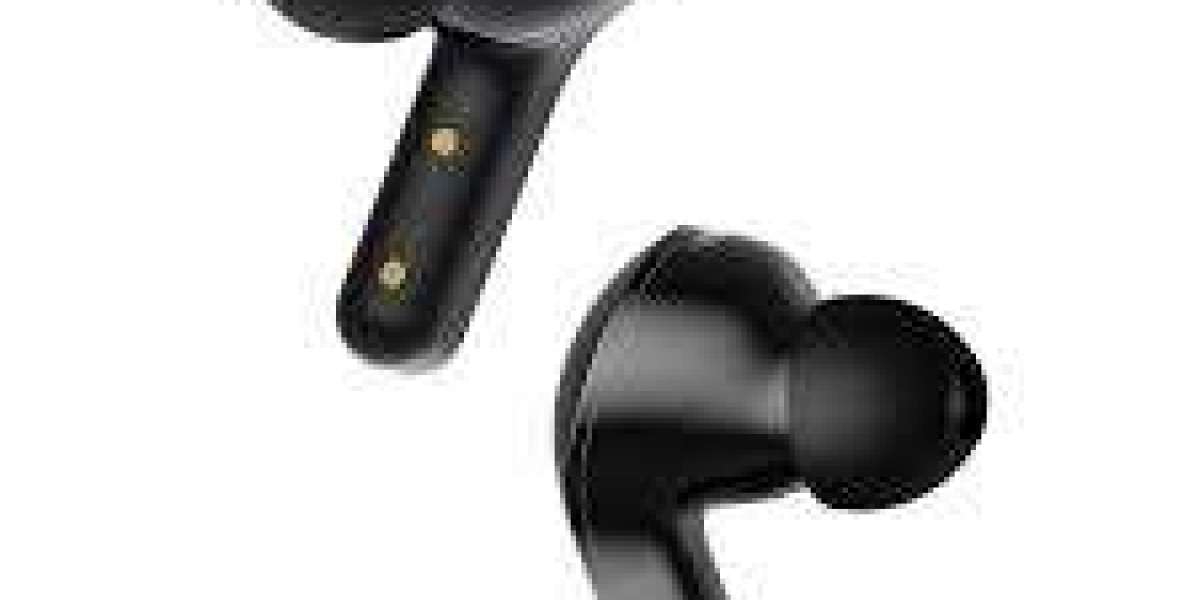? What Is an undercut in machining ?
Milling: A cut made beneath an overhang, invisible from the spindle's vantage point, that standard end mills cannot reach without specialized tools.
Turning: A small relief groove—often at thread root or shoulder—to provide clearance and a sharp transition point, typically 1.5 times thread pitch long and slightly smaller than minor diameter.
? Why Use Undercuts?
Assembly & Interlocking: Enables parts to lock together or seat properly without fasteners.
Weight Reduction & Fluid Channels: Helps optimize aerospace components and hydraulic pathways with internal routing.
Functional & Aesthetic Features: Supports snap-fits, grooves, or decorative elements that cannot be extruded.
⚙️ How Undercuts Are Machined
1. Specialty Tools
Lollipop cutters: Ideal for curved or spherical undercuts; narrow necks provide greater reach and clearance.
Slot & T‑slot cutters: Used to cut horizontal profiles like T-shaped grooves.
Dovetail cutters: Form tapered joints with a wider base and narrow top.
Undercutting end mills: Have side and bottom edges, enabling deep recessed cuts.
2. Advanced Machines
Multi‑axis CNC (4-/5-axis): Enables tool approaches from different angles for precise undercuts.
CAM Programming: Trajectory planning and tool selection are crucial, especially when using lollipop cutters with uncommon shapes.
3. Process Steps
Geometry review: Identify internal or external undercuts.
Tool selection: Match cutter geometry (neck, tip, wrap angle) to design.
CAM setup: Program toolpaths to reach undercut without collision.
Machining: Execute in controlled passes, often at reduced feed/speed for precision.
Inspection: Measure dimensions and surface finish to ensure compliance.
? Common Undercut Types
| Type | Description |
|---|---|
| T-Slot | Horizontal groove resembling a "T"; used for sliding connections. |
| Dovetail | Tapered joint with angled sides; provides mechanical interlock. |
| One-sided | Asymmetrical undercut, often used for retaining rings or seals. |
| Spherical | Curved cavity for joints, bearings; created with ball-nose or lollipop tools. |
? Design & Machining Tips
Avoid when possible: Simpler parts reduce cost and complexity.
Standardize cutters: Use off-the-shelf tools to save time and expense. Shallow cuts: Reduce depth to fit tool capability—deeper cuts risk tool deflection.
Clearance planning: Ensure tool unobstructed access during CAM programming.
Consult experts: Early DFM collaboration ensures machinable, cost-effective designs.
? Challenges & Benefits
Challenges:
Tool access and collision risk
Higher cycle time and tool wear
Tight machining tolerances
CAM complexity
Benefits:
Enables hidden and functional geometries
Reduces assembly and fastening needs
Supports lightweight, performance-driven part design
? When Should You Use Undercuts?
Undercuts are essential when a design requires hidden features, internal interlock slots, thread relief, or fluid passageways that traditional machining cannot form in one go. Though they increase complexity and cost, the payoff is significant in functional and high-performance applications such as aerospace, medical devices, and precision assemblies.







